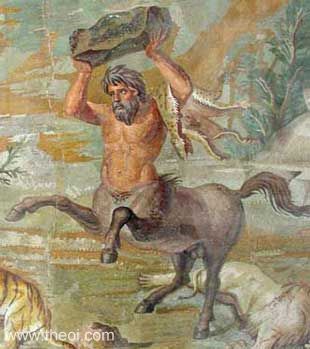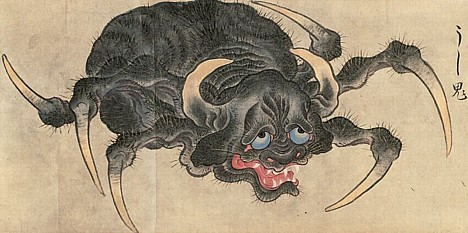These pictures were taken at the Yorkshire Wildlife Park. Being the most important part of the Chimera, photos of the lions were my first priority.
The species of goat is an African mountain goat, or Ibex and like the lion, these photos were taken at a zoo.




Not taken at a zoo like the others, this snake's species is a Royal Python and is my friend's pet.




I used these pictures to familiarize myself with the animals I needed to draw by sketching them and using coloured media. Here are some of my studies on mood boards -














_Ellen_Terry_('Choosing')_by_George_Frederic_Watts.jpg)



























